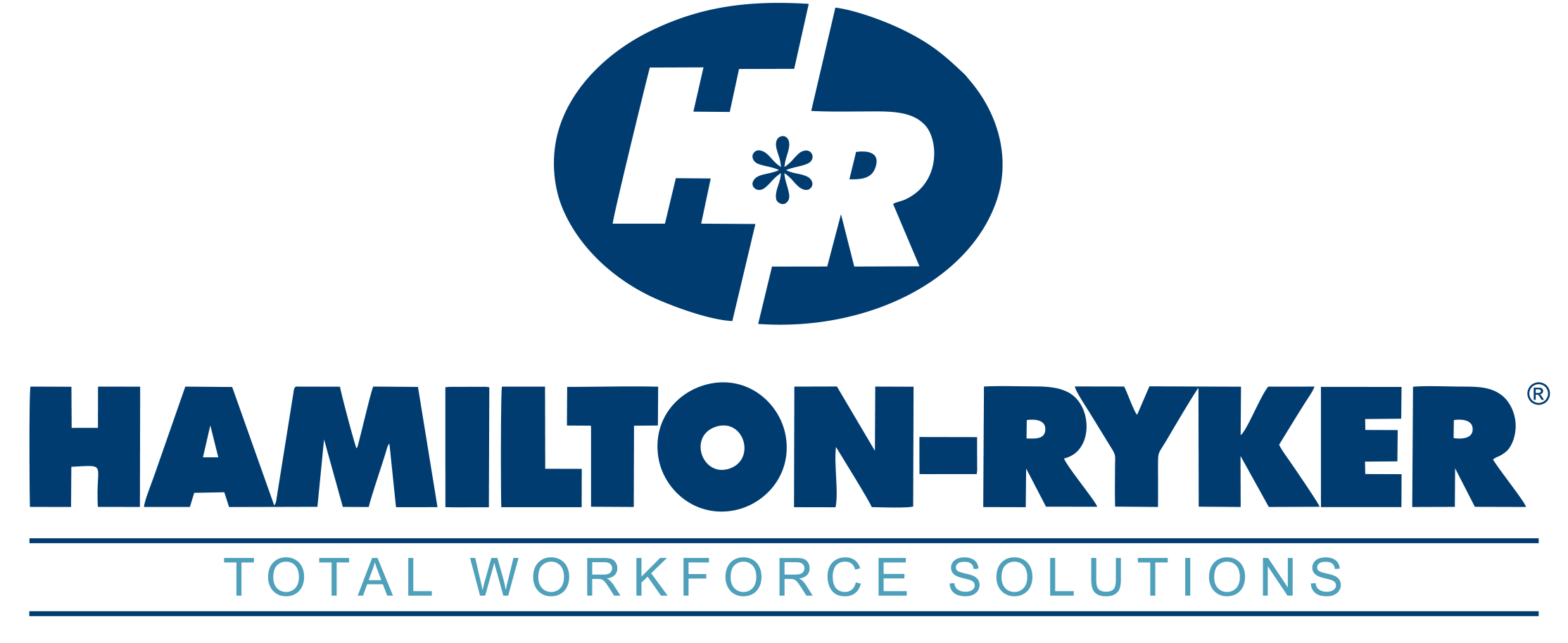Effective Strategies for Workplace Safety in Industrial Settings
Industrial workplaces inherently come with risks to employees’ health and safety. Without proper management, accidents, and injuries can occur. Along with harm to the worker, accidents and injuries hinder productivity and increase costs.
Fortunately, by using the right processes and protocols, you can decrease risk. Here’s a look at some effective strategies for workplace safety in industrial settings.
Conduct Comprehensive Risk Assessments
The foundation of any workplace safety program begins with a comprehensive risk assessment. Ideally, you want to identify and assess all potential industrial hazards, including machinery, chemicals, electrical systems, and confined spaces.
Engage all levels of staff in this process, as their insights and experience can be invaluable in identifying overlooked risks. Additionally, update the risk assessment regularly to account for changes in facilities or the introduction of new equipment and procedures.
Provide Adequate Training and Education
A well-trained and knowledgeable workforce is the backbone of a safe engineering work environment. Make sure to conduct regular safety training for all employees focusing on the proper use of machinery and equipment, handling of hazardous materials, emergency procedures, and personal protective equipment (PPE) requirements. Also, reinforce the importance of safety through ongoing education programs and safety drills to ensure that safety practices are embedded in the organizational culture.
Empower Employees with Safety Responsibilities
Safety should be everyone’s responsibility. Empower employees to actively participate in safety initiatives by encouraging them to report potential accidents, near misses, or unsafe practices without fear of consequences.
Additionally, consider implementing an anonymous reporting system, if necessary, to make communicating risks easier for employees that would otherwise be hesitant. Finally, recognize and reward employees who contribute significantly to improving workplace safety standards, as that can increase participation.
Conduct Regular Equipment Maintenance and Inspection
Industrial equipment and machinery need regular maintenance to operate safely and effectively. Companies need to establish and strictly adhere to an active maintenance schedule for all equipment.
Further, make performing a thorough inspection and identifying any signs of damage, malfunction, or potential problems the norm before using equipment, ensuring issues are spotted before they can harm. Finally, promptly address anything identified as a hazard immediately, and use lockout/tag-out procedures to prevent use until problems are addressed.
Implement Safety Protocols for Hazardous Materials
Industrial facilities often hold and use of a variety of hazardous chemicals and flammable materials. As a result, it’s critical to develop and enforce strict safety procedures regarding the handling, storage, and disposal of these items.
Make sure that employees handling hazardous materials have received specialized training and are equipped with appropriate PPE. Also, implement a spill management plan to ensure that accidents involving hazardous materials are controlled and managed effectively.
Think Ergonomics in Workplace Design
Ergonomic design is essential to reduce workplace injuries and promote long-term worker health. Evaluate workstation layouts for ergonomics, and redesign them to minimize stress and repetitive motion injuries if necessary. Additionally, provide adjustable workstations and ergonomic equipment to support proper posture and reduce musculoskeletal strain whenever possible.
Ultimately, using the strategies above can have a dramatic impact on workplace safety in industrial settings. If you’d like to learn more or need to find skilled candidates to fill your open positions, Hamilton-Ryker can make it easier. Contact us today.

